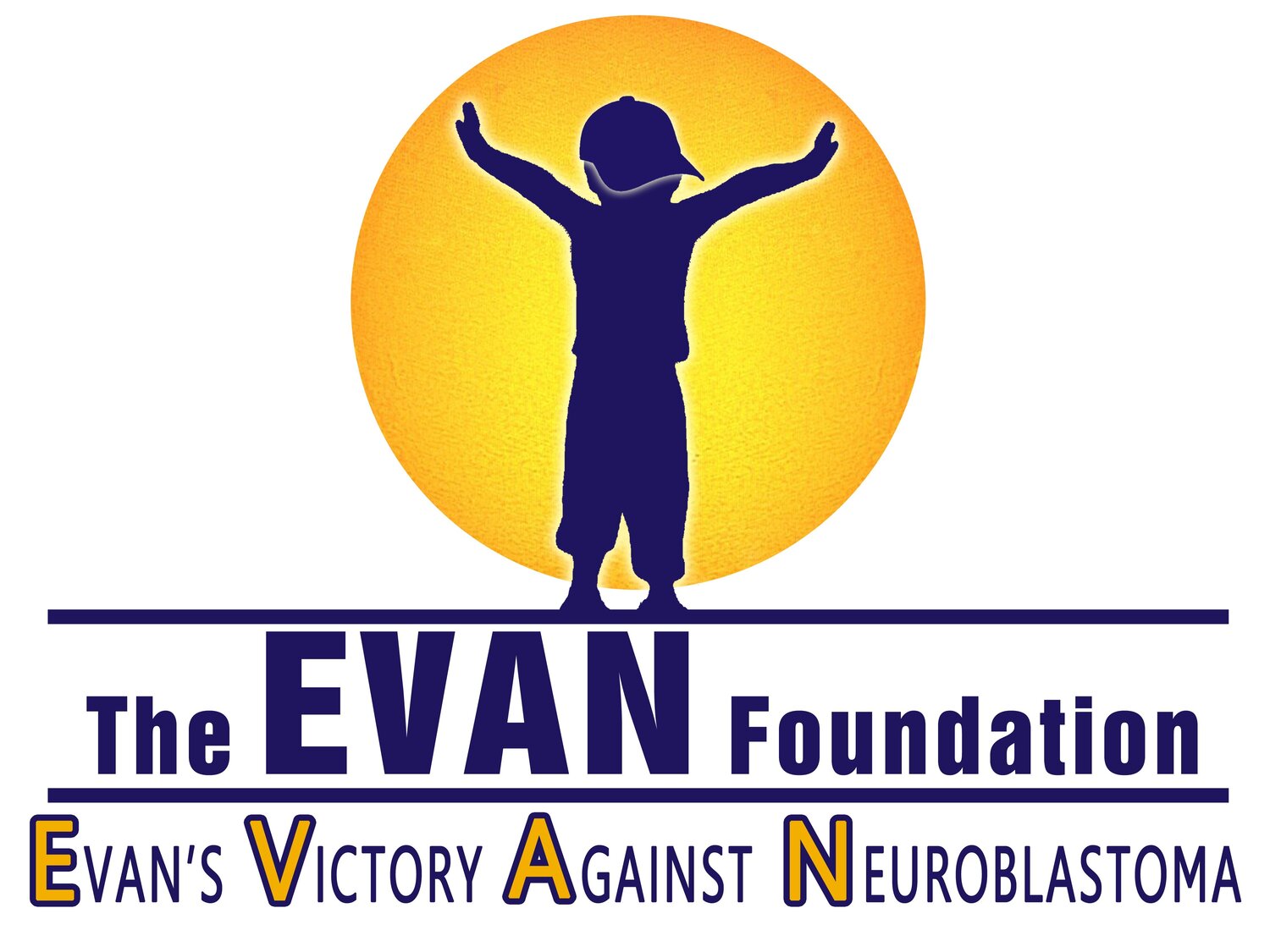What Is Neuroblastoma?
Neuroblastoma is one of the most complex and devastating of all pediatric cancers. It is a tumor of the sympathetic nervous system that often quickly spreads throughout the entire body. It is a cowardly disease that primarily strikes children before the age of 5. Neuroblastoma is extremely rare, accounting for 4.1% of childhood cancer diagnoses in the U.S. Approximately 700 new cases a year are seen domestically. Less than 30% of children diagnosed with high-risk disease survive long term.
High-risk neuroblastoma is one of the most intensely treated of all cancers. Standard approaches require up to 18 months of multiple cycles of high-dose chemotherapy, surgery, double stem cell transplants, radiation, and immunotherapy. These small children lose their hair, their hearing, suffer infections, require numerous blood transfusions, antibiotics, intravenous nutrition, scans and biopsies, and spend most of their time hospitalized for the duration of their treatment.
Those fortunate enough to survive face a lifetime of treatment-related physical and emotional challenges, including the likelihood of developing a secondary malignancy. Only one hurdle stands between the unacceptable status quo and better treatments and a cure for this awful disease — support for research.
A Few Facts To Consider…
The National Cancer Institute allocates about 8% of its annual $9.88 billion budget to pediatric cancer research.
There is very little private pharmaceutical investment in neuroblastoma research due to a lack of market incentives.
Neuroblastoma is the most common extracranial solid tumor in children.
Neuroblastoma is the most common solid tumor in infants.
It is not known why children develop neuroblastoma.


